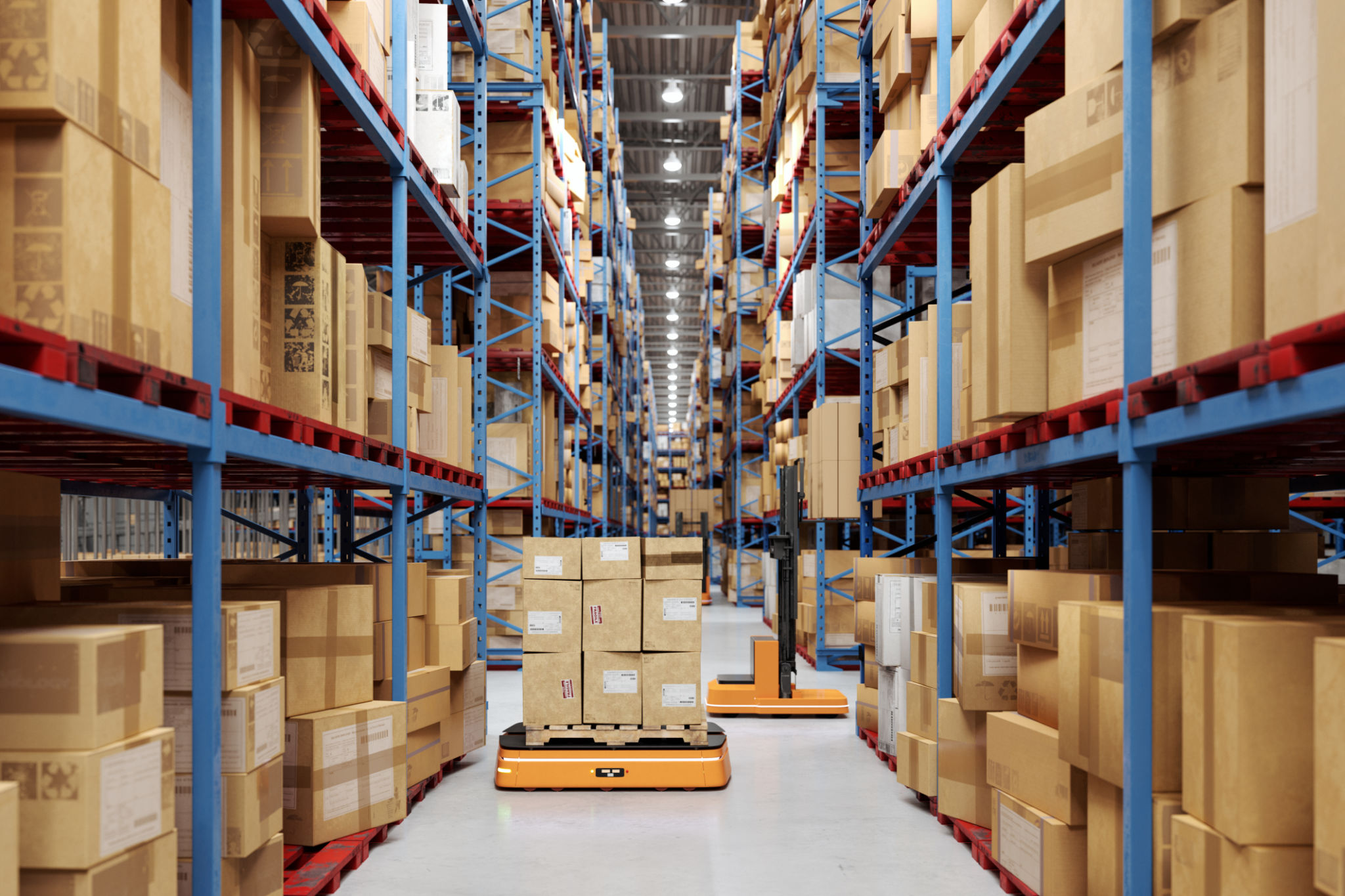Myth-Busting: Common Misconceptions About Material Handling
Understanding Material Handling
Material handling is a critical aspect of various industries, from manufacturing to logistics. Despite its importance, there are numerous misconceptions surrounding this field. These misunderstandings can lead to inefficiencies and even safety hazards. Let's debunk some of the most common myths about material handling.

Myth 1: Material Handling Is All About Heavy Lifting
One of the most prevalent myths is that material handling solely involves heavy lifting. While lifting is a part of the process, material handling encompasses much more. It involves the movement, protection, storage, and control of materials throughout manufacturing, warehousing, distribution, consumption, and disposal. This includes using equipment such as conveyors, forklifts, and automated systems to enhance efficiency.
Myth 2: Automation Eliminates the Need for Human Labor
With the rise of automation technologies, many believe that machines will completely replace human workers in material handling. However, automation is primarily designed to complement human labor by handling repetitive tasks and minimizing human error. Humans are still needed for decision-making, maintenance, and supervision roles.

The Role of Safety in Material Handling
Safety is often underestimated in the material handling industry. Some myths suggest that safety measures are overly cautious or unnecessary. In reality, adhering to safety protocols is crucial to prevent accidents and injuries, which can lead to costly downtime and legal liabilities.
Myth 3: Safety Equipment Is Optional
Another dangerous misconception is that safety equipment is optional or only necessary in high-risk environments. Proper safety gear, such as helmets, gloves, and protective footwear, is essential in all material handling operations to protect workers from potential hazards.

Myth 4: Training Isn’t Necessary for Experienced Workers
Some assume that experienced workers don’t need ongoing training. However, regular training is vital for keeping up with new technologies and safety practices. Continuous education ensures that all employees are aware of the latest procedures and can operate equipment safely and efficiently.
Efficiency in Material Handling
Efficiency is key in material handling, but achieving it requires more than just fast equipment or cutting-edge technology. It involves strategic planning and coordination across various processes.
Myth 5: Faster Equipment Equals Greater Efficiency
While fast equipment can enhance productivity, efficiency depends on the integration and optimization of all material handling processes. This includes layout planning, inventory management, and process coordination to minimize delays and bottlenecks.

By understanding and addressing these common misconceptions about material handling, businesses can improve their operations significantly. Emphasizing comprehensive training, safety adherence, and strategic process optimization will lead to more efficient and safe material handling practices.